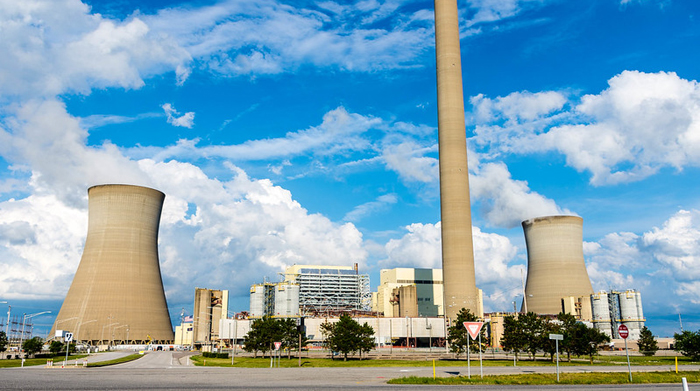2020 Saw Record Energy Production Declines According to the EIA

Image courtesy of Don Sniegowski under Attribution-NonCommercial-ShareAlike 2.0 Generic License, resized to 700 x 391 pixels.
According to the Energy Information Administration (EIA), energy production in certain sates of the U.S. declined by record amounts in 2020 compared to 2019, primarily on the heels of depressed economic activity associated with the pandemic. Wyoming saw the largest decline, and 7 other states experienced their largest year-over-year decline in over 60 years.
Analysis of the Energy Production Decline
A slowdown in demand was the main culprit for the decline, irrespective of the specific type of energy produced. Coal-fired production fell by a whopping 25% year-over-year, to its lowest level in 57 years. Much of the decline in coal was driven by coal mine closures, including Arizona which eliminated coal entirely when it shuttered its last remaining coal mine.
Wyoming is the largest coal producer in the U.S., which is why this state saw the largest decline in terms of raw numbers, but on a percentage basis the largest drops occurred in Indiana (37%) and Kentucky (33%). Wyoming saw a 21% drop.
Crude oil production declined by 8% year-over-year, a record amount. In fact, of the 32 states that produce crude oil, 29 of them saw a decline in production (over 90%). New Mexico was the notable exception with an 11% increase year-over-year.
Natural gas and nuclear power also declined, albeit not nearly as much as other fuel types – overall, natural gas declined less than 1% and nuclear declined 2% (thanks to 2 plant closures – Pilgrim in Massachusetts and Duane Arnold in Iowa).
The only type of production that did not decline was renewable energy. Overall, clean energy production increased less than 1% in the U.S., led by solar (19% increase) and wind (13% increase) but offset somewhat by biofuels (10% decline) and hydropower (2% decline). The decline in hydro was driven by California, which saw a 45% decline due to the megadrought the state’s been suffering through in recent years.
How will the decline in energy production impact emergency preparedness in the years to come? Well, hopefully there won’t be any new pandemics hammering society anytime soon, so I’m thinking the decline is essentially a data blip. But ultimately, only time will tell.



